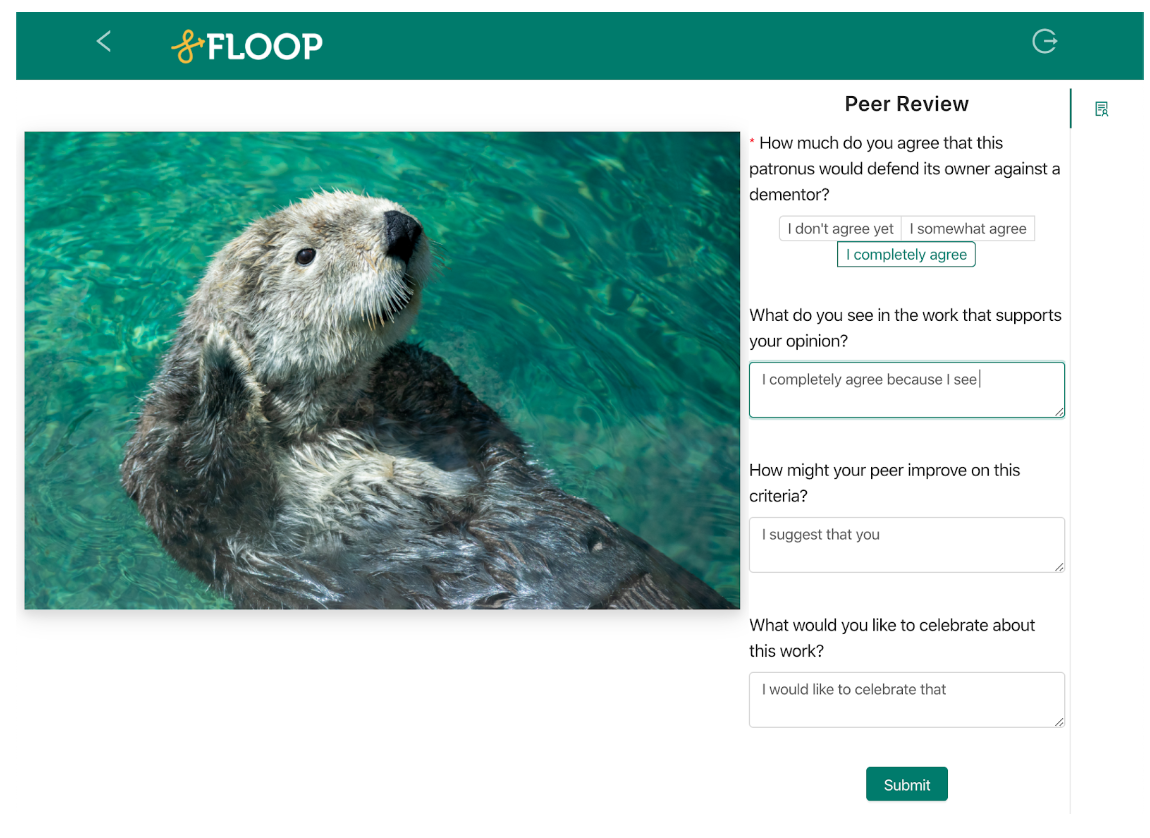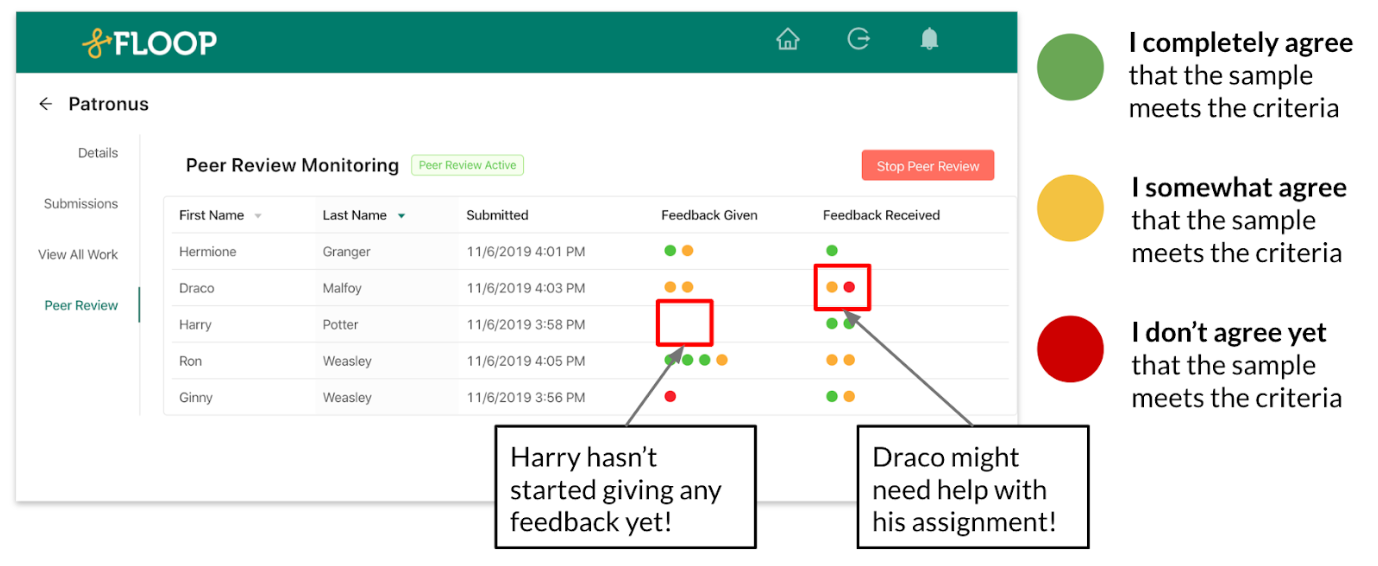Peer review is an often underutilized tool that has enormous benefits. Research shows that students learn from giving feedback (Lundstrom) and that giving feedback improves student self-concept (Simonsmeier). We asked a high school student in Seattle, WA their thoughts about participating in peer review and they said, “When a classmate reviews my own work, I can get nervous. But I realize we can both use each other’s ideas to understand the assignment even more.”
In this post, we cover 5 helpful tips to implement peer review by building a culture of feedback in your classroom, supporting peer-to-peer dialogue, writing strong peer review criteria, and building in time to use feedback in your lessons and assessments.
1. Build a culture for feedback in your classroom. “Other students may feel tentative or shy about giving feedback to peers they admire, and for English language learners, the process might feel especially daunting.” (Tutt) It can be difficult to give your peers feedback at any age, so building a culture of feedback is an excellent way for students to feel comfortable giving and receiving feedback from their peers. You can also model recipience so that students see you as being able to receive feedback and feel more comfortable receiving it themselves.
2. Write strong criteria for peer review. Once your students are comfortable giving and receiving feedback, making sure that you give them strong criteria to focus their review on is important. Your criteria should be open-ended, singular, challenging, and a bit subjective. For example, “this work has minimal grammatical errors” is too rigid and low-level for students to give each other valuable feedback. Whereas, “This work establishes and maintains a formal style.” is stronger. For more about writing strong peer review criteria check out this blog post: https://floopedu.com/2019-01-test-post-html/
3. Run a peer review. Now that you have a strong criterion for students to focus their feedback it is time to run a peer review. Creating guided questions and scaffolding the process can be incredibly helpful, while also keeping consistency among classmates in their responses. Start with a question regarding your criteria, “Do you agree that this work establishes and maintains a formal style?”. You can follow this up with more specific questions such as, “what in the work supports your opinion?”, “how can they improve their work?”, or “what should they celebrate about their work?”

4. Check in and monitor progress! Especially the first few times you run a peer review with your students it is important to oversee the process. Review the feedback they are giving before the receiving student sees it and give helpful tips when needed. This can be difficult and time-consuming in the beginning, but once the students have more practice it will become easier. Floop offers a way to monitor peer review live, this visual tool can be helpful to easily see if students are meeting the feedback criteria and which students might need more assistance.

5. Build in DIRT. Dedicated Improvement and Reflection Time (DIRT) is a strategy pioneered in the UK, where students are given regular, structured time to read, respond to, and act on feedback. Providing time and space for students not only to digest and reflect on the feedback they receive but also follow-up assignments to use the feedback, will greatly improve student learning and outcomes from feedback.
Have you tried peer review in your classroom? Comment below with what has worked well for you!
As teachers, we created Floop to help others give meaningful feedback faster so their students can develop skills including college and career readiness, social-emotional, and higher-order thinking. Floop helps build students’ lifelong feedback literacy – being able to give and receive feedback. Floop does this by improving the feedback loop with fast, reusable teacher feedback, guided peer review, and guided self-assessment. Try it free today!
Sources:
Lundstrom, Kristi, and Wendy Baker. “To Give Is Better than to Receive: The Benefits of Peer Review to the Reviewer’s Own Writing.” Journal of Second Language Writing, 2009.
Simonsmeier, Bianca A., et al. Peer Feedback Improves Students’ Academic Self-Concept in Higher Education. 23 Mar. 2020.
Tutt, Paige. “Teaching Kids to Give and Receive Quality Peer Feedback.” Edutopia, 8 Oct. 2021, https://www.edutopia.org/article/teaching-kids-give-and-receive-quality-peer-feedback.